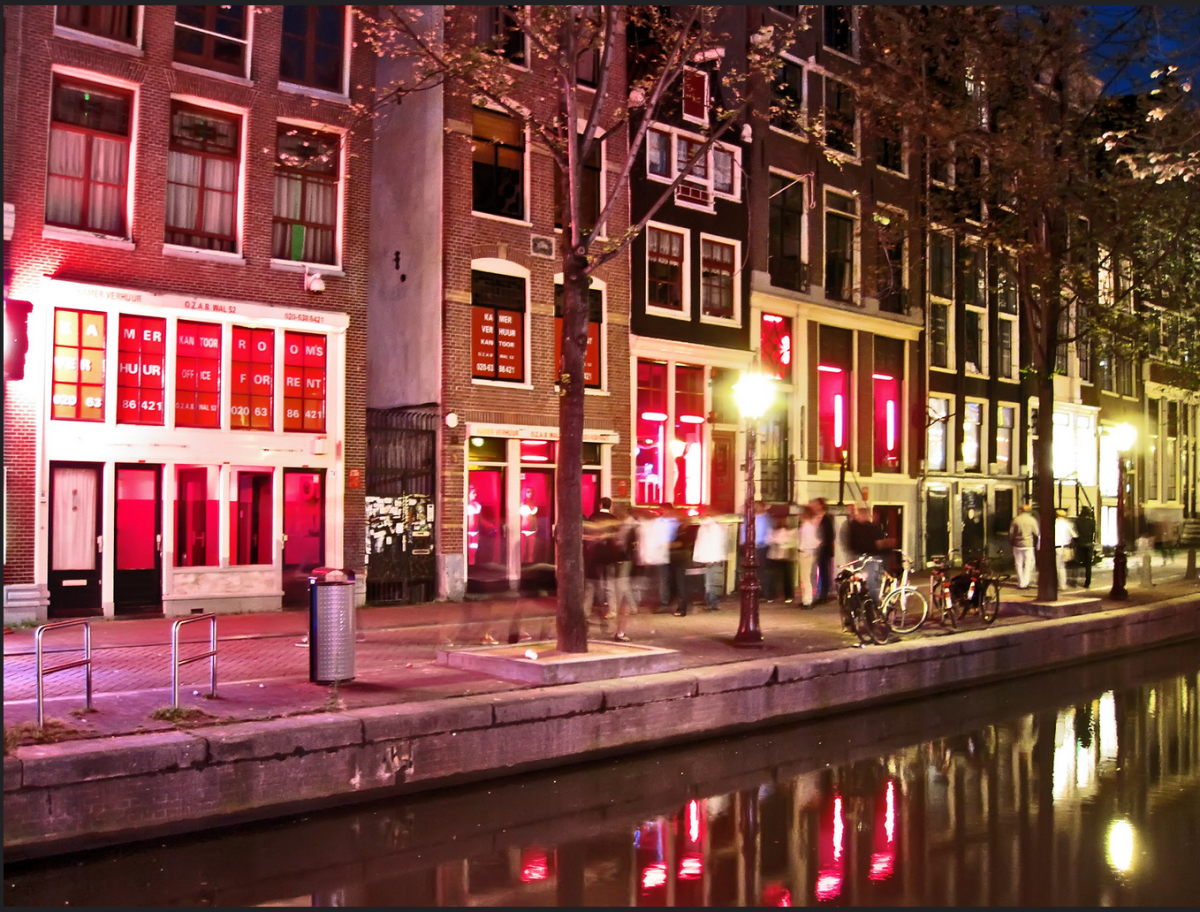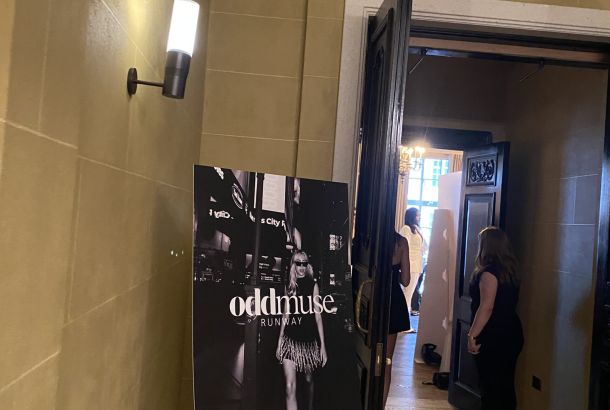Sex work and the fashion industry: An acceptable source of inspiration?

The fashion shows of 2022 have seen models clothed in latex, fur, and increasingly little clothing. Think Cher in a latex one-piece for Balmain or Miu Miu’s ever-famous micro skirt. Of course, women can wear whatever they want; showcasing the female form is an act of empowerment. But, it would be unfair to ignore the styles’ origins, and even more so, naïve to overlook their reception.
Defined as the exchange of money or goods for sex and intimate services, sex work has been acknowledged as an industry since 1780 BC, when the Code of Hammurabi (a Babylonian legal text) specifically mentioned the rights of a prostitute or child of a prostitute. At that point, the colour red was already associated with the ‘Whore of Babylon’, adultery, and lust.
It’s not a coincidence that the Red Light District in Amsterdam, often referred to as the ‘Pleasure District,’ is famous for its cluster of sex services. Most common in the region is female street prostitution. Outlined in red window lights, women attempt to attract passers-by with their appearance, manipulated and enhanced with clothing. Most women opt for lace lingerie in various cuts and colours, some choosing erotic costumes like policewomen and nurses.
Sex appeal must be high to attract business, and fabric plays an essential role. Lace is stereotypically feminine — innocent even — yet the delicate cut-outs reveal small windows of skin, hinting at what lies beneath. The duality between innocence and eroticism is romanticised. Many women choose to wear lace due to its association with wealth too. Lace was traditionally associated with luxury — it provides women value in a world which repeatedly denies them as soon as they are associated with sex work. Similarly, latex is fetishized. Its smooth, shiny appearance can be considered skin-like and phallic. Leather clothing is viewed similarly.
The Vivienne Westwood x Malcolm McLaren partnership was the first to pick up on the sexual appeal of the leather-punk look. Unlike Yves Saint Laurent, who was fired for designing a leather jacket for Dior in the 60s, they figured out how to sell it as fashion. Westwood and McLaren opened their famed shop SEX in 1970. Brands such as Vivienne Westwood, Louis Vuitton with their Playboy-inspired show in 2009, and Marc Jacob’s use of latex and buckled boots in his 2016 AW show still use sex as a source of inspiration today.
But is it possible to reinvent sex work-inspired attire as something entirely empowering? The line between self-expression and being branded a ‘slut’ is slim. Appropriating sex work is problematic; it romanticises a sector of underrepresented workers who are vulnerable and discriminated against.
As much as an outfit may empower a model on the runway, it’s challenging to alter the reception of sex-work outfits in the public sphere when the trade has such a stigma.







